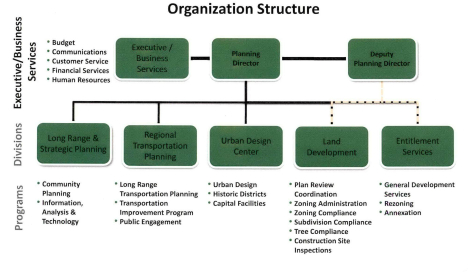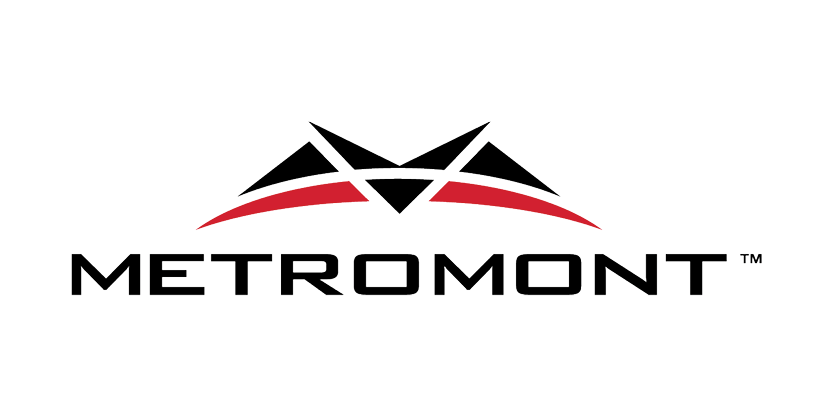Posted October 25, 2018
Potential investors are getting some clarity about how they may use Opportunity Zones to reduce their capital gains taxes. Last week, the Department of the Treasury released proposed rules for the zones, which were created as part of last year’s tax reform bill. Earlier this year, Treasury had approved opportunity zones – communities that have been identified as economically disadvantaged – in all 50 states, the District of Columbia and five U.S. territories.
“We want all Americans to experience the dynamic opportunities being generated by President Trump’s economic policies. We anticipate that $100 billion in private capital will be dedicated towards creating jobs and economic development in Opportunity Zones,” Treasury Secretary Steven Mnuchin said.
NAIOP supported the inclusion of the Opportunity Zones provisions in last year’s Tax Cuts and Jobs Act. Opportunity Zones allow investors to “defer tax on any prior gains until the earlier of the date on which an investment is sold or exchanged, or December 31, 2026, so long as the gain is reinvested in a Qualified Opportunity Fund,” the IRS explained. “[I]f the investor holds the investment in the Opportunity Fund for at least ten years, the investor would be eligible for an increase in basis equal to the fair market value of the investment on the date that the investment is sold or exchanged.”








 REBIC’s annual BBQ & Candidate Meet & Greet is fast approaching on September 27, 2018! Make sure to get your tickets early! This annual bi-partisan Political Pig Pickin’ brings state and local candidates together with hundreds of members of the Charlotte real estate, homebuilders and development industries for an afternoon of food and fun!
REBIC’s annual BBQ & Candidate Meet & Greet is fast approaching on September 27, 2018! Make sure to get your tickets early! This annual bi-partisan Political Pig Pickin’ brings state and local candidates together with hundreds of members of the Charlotte real estate, homebuilders and development industries for an afternoon of food and fun!






































